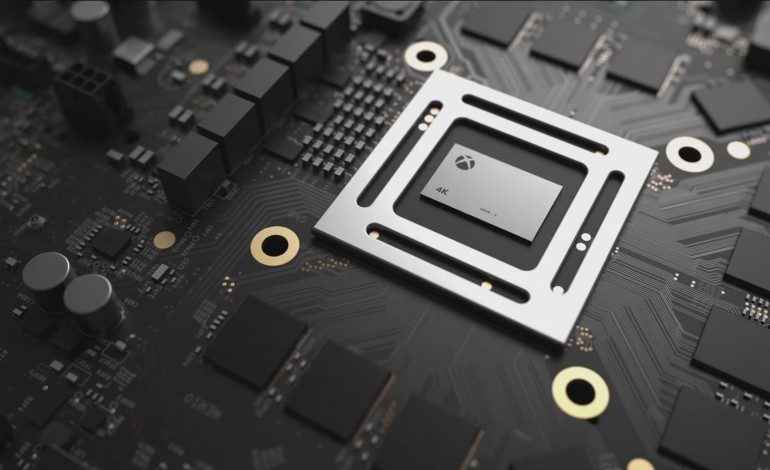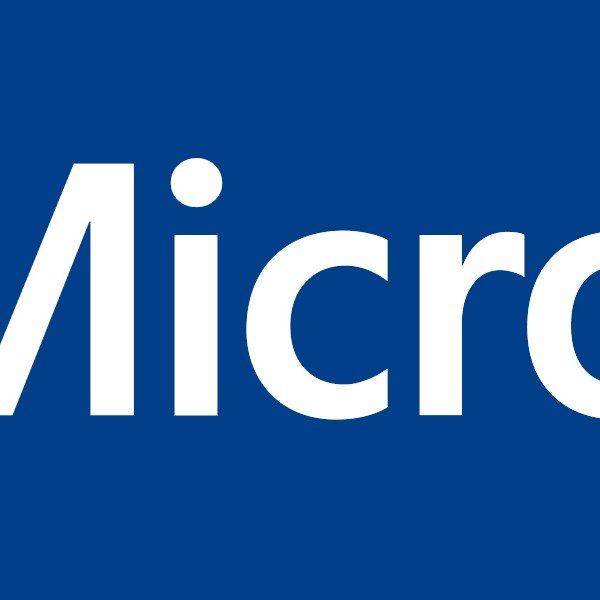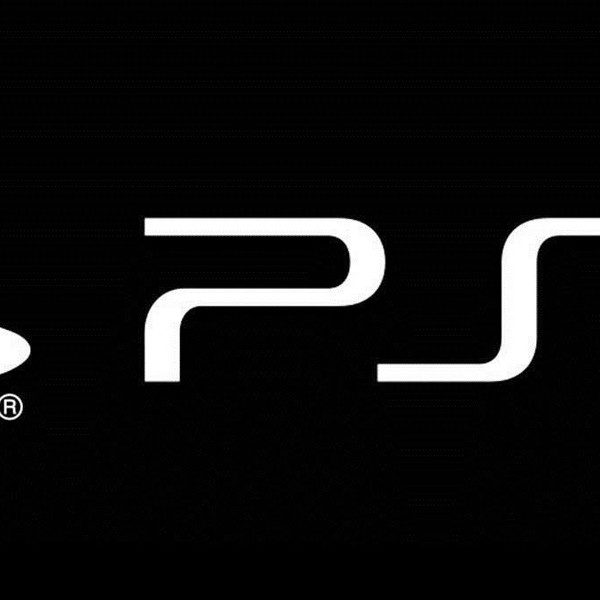

Though the PS4 Pro can already technically provide gaming with a 4K resolution, Microsoft has been adamant in pointing out that its not “true” or “native” 4K, and that only their upcoming console, the Xbox Project Scorpio, will provide gamers with a true 4K experience. However, some new specs for Scorpio have leaked (courtesy of Eurogamer.net) that reveal Microsoft’s plans for 4K aren’t all that different from the PS4 Pro’s. The specs in question are whitepapers entitled “Reaching 4K and GPU Scaling Across Multiple Xbox Devices” instructing developers on how to achieve ultra HD gaming.
Microsoft’s whitepaper rules out ESRAM for developing new games on Scorpio, which is what the Xbox One uses for its memory. ESRAM’s high-bandwidth makes the gameplay and responses much faster, but the console still suffers from a lack of memory. However, the whitepaper still encourages developers to support ESRAM to ensure backwards compatibility with Xbox One games.
It appears that CPU hasn’t changed much from the current Xbox One’s hardware. Microsoft has confirmed that the Scorpio will have eight CPU cores, much like the Xbox One, and suggesting that Microsoft has decided to just up-clock its current CPU technology, very much like how Sony upgraded from the PS4 to PS4 Pro. This up-clocking allows the Scorpio to run existing game engines at 4K resolution. According to Eurogamer:
A 4.5x boost to compute power suggests that 1080p engines will scale nicely to 4K on Scorpio, but the reality is that many Xbox One titles render at a 900p base resolution. The leap to 4K therefore becomes a 5.76x increase in pixel-count and at the same time, developers may not wish to spend GPU power on pixels alone.
However, the GPU does more than just compute pixels. In the whitepaper, Microsoft shares details about an unnamed first-party title running at 1080p actually processed pixels by an increase of 3.5 times during the jump to 4K.
Another way the Scorpio will achieve 4K gaming is through “sparse rendering,” better known as checkerboarding–the very same technique the PS4 Pro uses for its games. Its so similar, in fact, that the whitepaper actually references the exact same presentation video game designer Mark Cerny made when showcasing the PS4 Pro.
So it appears that the Scorpio isn’t the “true 4K” console Microsoft led everyone to believe it would be, but that isn’t necessarily a bad thing. According to the whitepaper, it appears Microsoft has come to realize that GPU resources might be better spent elsewhere, as opposed to concentrating solely on making pixel perfect ultra HD resolutions, and at least one first-party game (probably Forza Motorsport 6, due to its amazing engine) has made the transition from 1080p to native 4K with relative ease.
Of course, much of this is speculation. The whitepapers that have been released are dated just after Scorpio’s reveal at E3 2016, and a lot could have changed in those six months. What the final product will be capable of remains to be seen, but its clear that Microsoft has a highly capable 4K competitor on its hands.
Play games, take surveys and take advantage of special offers to help support mxdwn.
Every dollar helps keep the content you love coming every single day.


